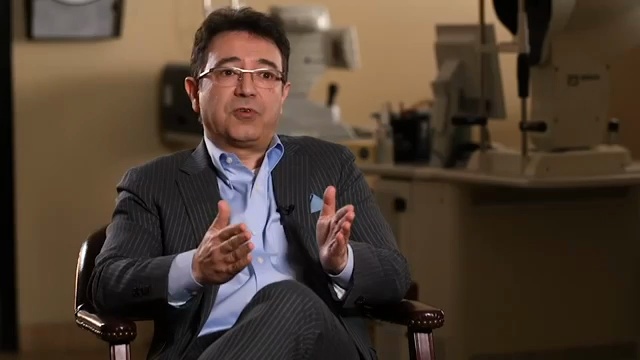Cataract Surgery Techniques Explained by Dr. Abrams of Las Vegas
Cataracts are the leading cause of blindness, but modern surgical advancements allow ophthalmologists to address them quickly and painlessly. At Abrams Eye Institute, we use state-of-the-art techniques, including femtosecond lasers and phacoemulsification, to remove cataracts and restore vision.
Dr. Jack Abrams discusses his approach to cataract surgery and how the treatment at Abrams Eye Institute, using lasers, is ten times more accurate than surgery without lasers



